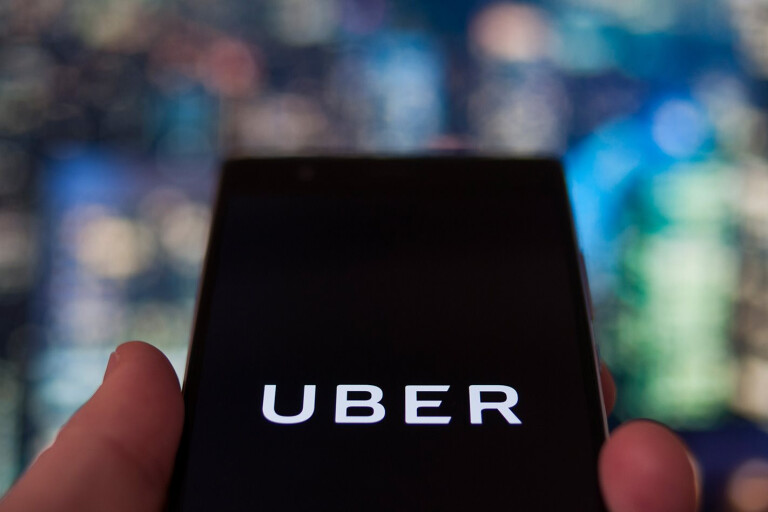
Snapshot
- Ride-sharing giant supports road user charge but says it should be delayed
- 100 per cent of Uber rides in be in an EV by 2040
- Carmakers also putting pressure on Government on World EV Day
Uber has thrown down the gauntlet to the Australian Government over its lack of emissions regulations – making four key recommendations on how it should be working to increase the uptake of electric vehicles.
The Australian arm of the US ride-sharing giant has released a report today to mark World EV Day, outlining what it sees as key barriers to its drivers making the switch to an EV – and how the Government should be changing policies to overcome them.
The four recommendations made by Uber involve; addressing the price gap between EVs and internal combustion engine-powered cars, improving national infrastructure, delaying road-user charging while uptake is “still in its infancy”, and introducing fuel efficiency standards and zero-emission sales targets to help carmakers bring their cleanest models to Australia.
The latest report follows a commitment from Uber in September last year to having 100 per cent of its rides in zero-emissions vehicles by 2040.
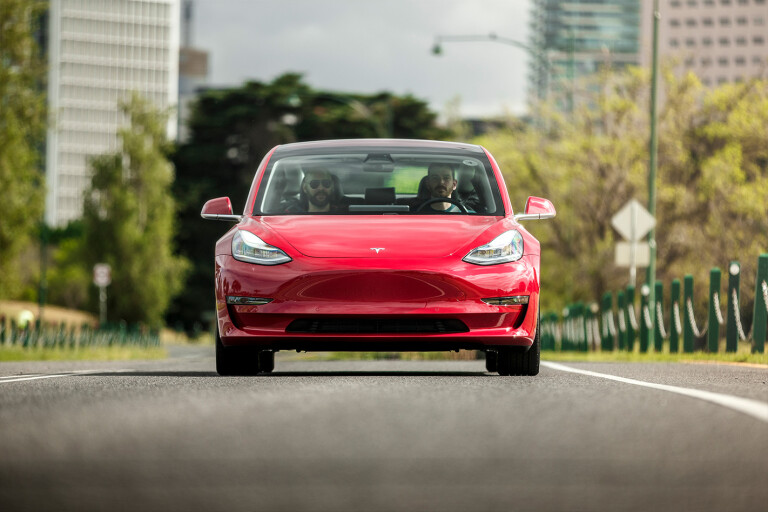
More recently the Aussie arm of the ride-hailing firm announced that, as of July 1 2021 for 12 months, all existing and new Uber drivers using battery electric vehicles (BEVs) would see their service fees slashed in half compared to those behind the wheel of ICE cars.
Uber said it would “lose money on every one of those trips - but the benefits will be worth it”.
Employee research undertaken by the ride-sharing outfit has also found 58 per cent of its drivers want to switch to an electric vehicle in the next five years, but upfront cost is the biggest barrier. Just 18 per cent of them believe they'll be able to do so in that timeframe.
Speaking at a conference led by the Electric Vehicle Council of Australia on increasing Australia’s EV future on Thursday, the company’s General Manager for Australia and New Zealand, Dom Taylor, said the EV space in Australia was growing – but the country has a long way to catch up to other countries.
"Australia needs to catch up to the rest of the world, we can’t just rely on the Government, we [the industry and public] need to show leadership – it has been playing the waiting game that has got us here. The EV space is growing in Australia and Uber is excited to be part of that in the coming years.

“By 2040 every trip in an Uber will be in an EV. To do that in Australia we need to stop on-boarding internal combustion engine cars by 2030. At the moment, just one per cent of drivers here are in an EV, to get to 100 per cent is a major change and requires a shift in our approach across the board.
“How? We don’t think we have the answer just yet, but it will involve the rest of the industry and looking at new ways of doing things with both the major players and start-ups to get there.”
According to Uber’s report released today, the average vehicle in Australia travels roughly 12,000 kilometres each year, while ride-share drivers using their vehicle five days a week might clock up as many as 50-55,000 kilometres in the same period – over four times as much.
As a result, the local Uber boss emphasised the need for Aussies to reduce their dependence on private vehicles and thus lessen the impact of tailpipe emissions on the planet.
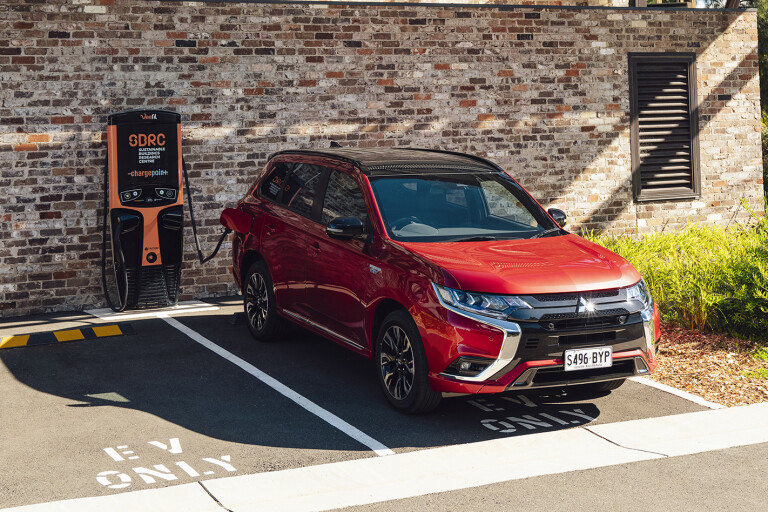
In Australia, the transport sector is the nation’s second largest source of greenhouse gas emissions. Around seven in 10 Aussies travel to work by car and our vehicles remain among the most emissions-intensive in the world. On top of that, we have the third highest rate of vehicle ownership among OECD nations.
“We’ve done a lot of work on what the future of cars looks like and the future of mobility looks like – and we strongly believe it is going to be shared, it is going to be electric, and it is going to be autonomous.
“Those three factors coming together will dramatically reduce the number of cars required, and once there are fewer cars it will majorly lessen the cost of moving around and also spaces such as car parks – which can be converted into something more green and community driven.”
The Uber manager’s sentiments have been backed up by other voices from within the local car industry today. Several have reiterated concerns that the Federal Government’s lack of action on encouraging EV uptake and setting national emissions standards is a major roadblock to progress – calling for an “integrated strategy between the states/territories and Government”.
One carmaker said where it had seen this happen overseas there had been an increase in EV sales.
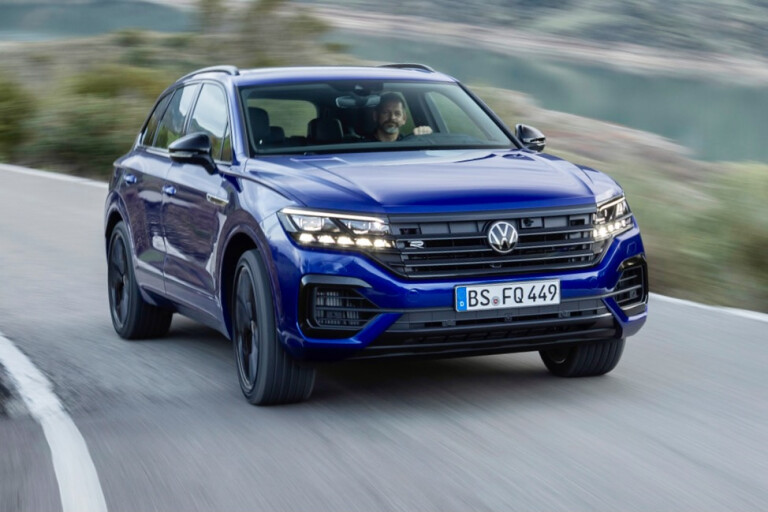
Meanwhile others, such as Mitsubishi, have complained that plug-in hybrids (PHEVs) are being ignored by governments across the nation. A statement released today by the manufacturer said:
“Mitsubishi believes that PHEVs should treated fairly: if they are treated as electric vehicles for tax purposes, then they should also be treated as electric vehicles when it comes to accessing subsidies. PHEVs owners should definitely not be worse off compared to traditional combustion engine vehicles (by paying both the EV road-user charge and fuel excise).”
On Thursday, Volkswagen announced its Touareg R PHEV is confirmed for Australia, coming in 2023 – the first electrified vehicle in its range to make it to our shores.
Volkswagen’s general manager of passenger vehicle marketing, Ralph Beckmann, said the replacement of a V8 Touareg with an equally rapid and capable, cutting-edge hybrid electric version as the brand’s halo car was “richly symbolic and a strong message”.
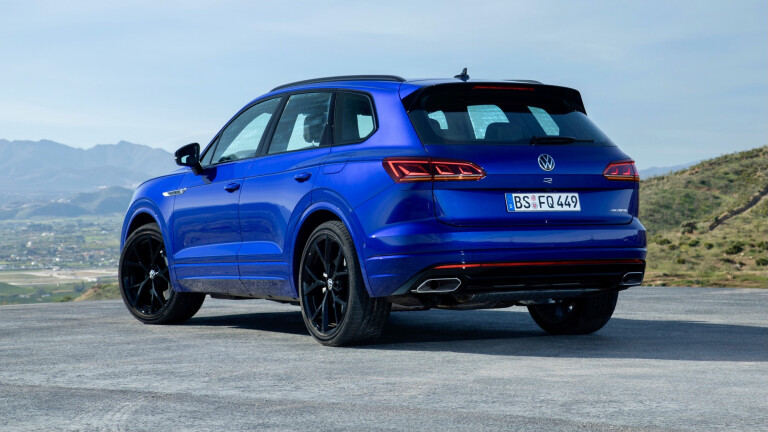
“The Touareg R was not destined for Australia because Volkswagen PHEVs and EVs are naturally prioritised for markets with emissions targets,” Mr Beckmann said. “Meanwhile the Touareg V8 was discontinued having rapidly sold through its local allocation.
“The Aussie appetite for the biggest and best Volkswagens combined with the overdue recognition on the part of Government that Australians deserve the best quality petrol, and the progressive policies of NSW, all helped make the business case."
According to a report released last month by the EV Council, 58 electric models are due here by the end of 2022 versus the 31 currently available.
Official new car figures showed 8688 electric vehicles were bought by Aussies in the first half of this year, compared to just 49 10 years ago.
COMMENTS